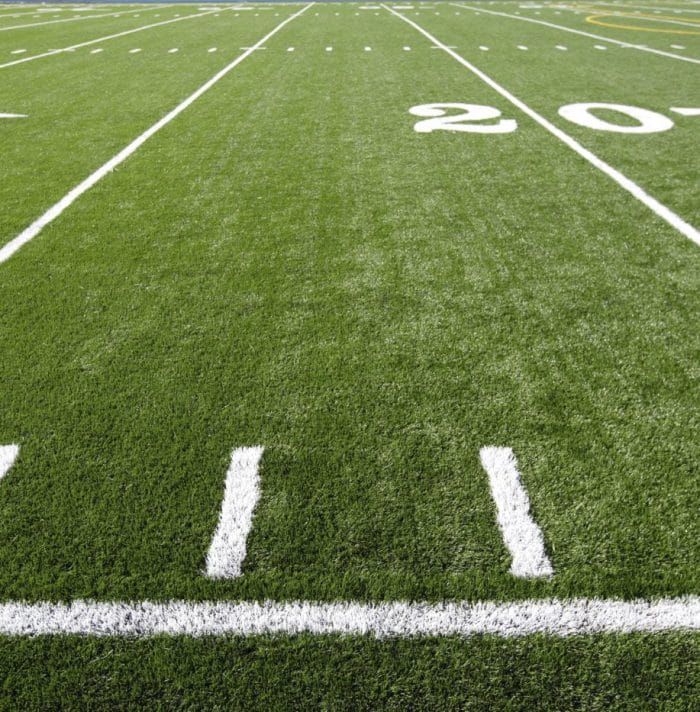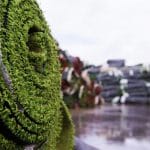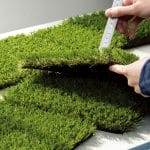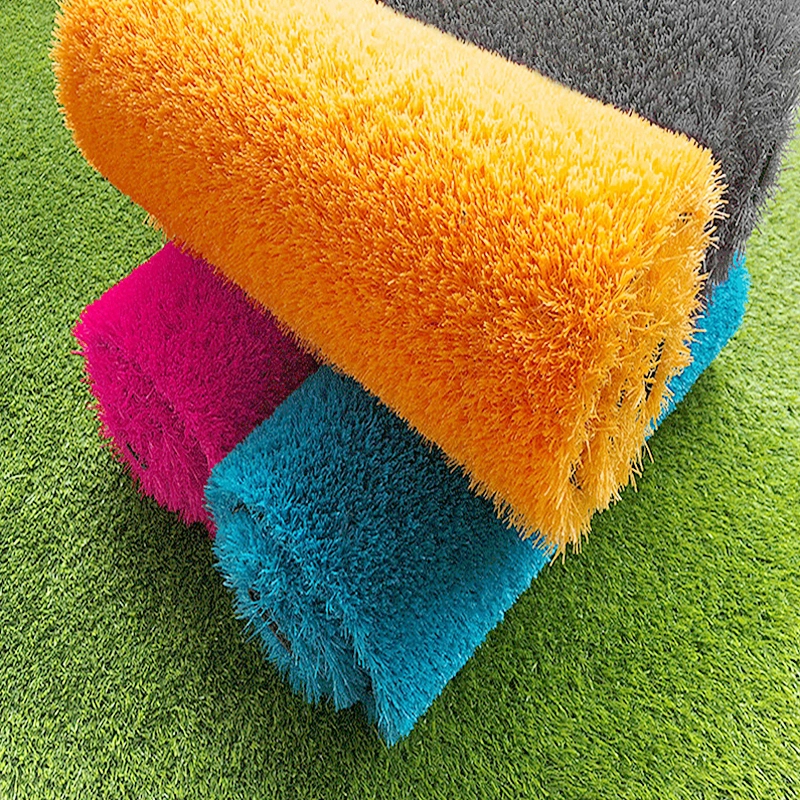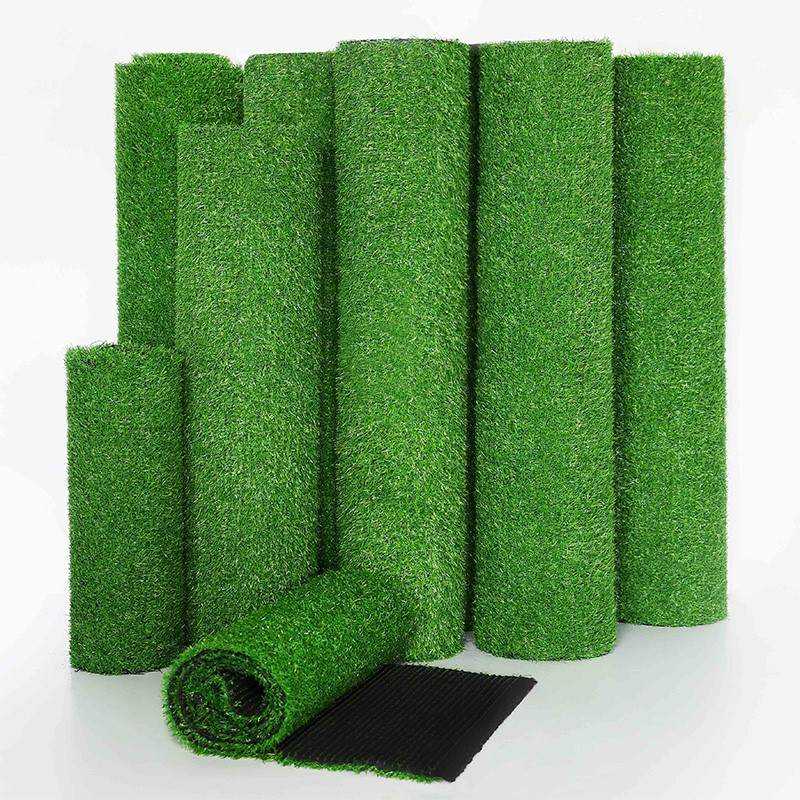
Football field turf, also known as artificial turf or synthetic turf, is made of several layers designed to mimic the characteristics of natural grass. The main components typically include:
1. **Backing Material:** The base layer of football field turf is made of a durable backing material, often constructed from polypropylene or polyethylene. This provides stability and support for the entire turf system.
2. **Artificial Grass Fibers:** The fibers used in football field turf are usually made from synthetic materials such as polyethylene, polypropylene, or a blend of these materials. These fibers mimic the appearance and feel of natural grass and are available in various shapes, lengths, and colors.
3. **Infill Materials:** Infill is used to add weight, stability, and resilience to the turf. It’s often made from materials like rubber granules (recycled rubber), sand, or a mixture of both. Infill helps to support the artificial grass fibers, provides cushioning for impact absorption, and enhances the playability of the surface.
4. **Base Layers and Drainage System:** Beneath the turf, there might be layers of crushed stone, gravel, or a specific drainage system to ensure proper water drainage and prevent water buildup on the field.
Football field turf undergoes manufacturing processes where these components are assembled and installed in layers to create a surface that meets specific performance standards for sports, including durability, shock absorption, traction, and playability.
The composition of football field turf may vary based on the manufacturer, specific product lines, or advancements in turf technology. However, the general structure typically involves a combination of the aforementioned materials to create a synthetic surface suitable for football and other sports activities.


